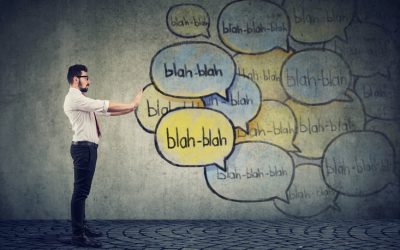Let’s talk about unconscious perception, commonly known as “subliminal messaging.” Note: If you get our newsletter, then you saw the light version of this earlier today. As promised, we’re coming back to the blog to share some sources and other resources and insights on the topic. If you want to see a lighthearted example of unconscious perception to get you started, check out the link to our newsletter above and watch the Derren Brown video.
You may have heard of one famous example of priming in the stereotype threat research conducted by Steele and Aronson. By requesting that white and Black college students identify their race before taking a test, they found that the simple question and its timing had massive impact on the test scores and overall test performance of the Black students. The Black students who had been primed with the question about their race took longer to answer questions and achieved lower overall test scores. Without the priming question, the Black student’s performance was unaffected. This was an early quantification of the relation between identity and negative stereotypes. Note: This topic, the negative impact of stereotype and white bias on people of color, deserves an entire post all its own.
Select Sources
- Steele, C. & Aronson, J. (1995) Stereotype Threat and the Intellectual Test Performance of African Americans
- Ramzoy, T. (2014) Introduction to neuromarketing & consumer neuroscience. Denmark.
- Levinson, J. & Smith, R. (2012) Implicit Racial Bias Across the Law Cambridge University Press
- O’Keefe, D. (2016) Persuasion: Theory and Research (Third Edition). Sage Publications. Thousand Oaks, CA.
- Lavrakas, P. (2008) Encyclopedia of Survey Research Methods Link
- Morin & Renvoise (2018) The Persuasion Code. New York: Wiley













0 Comments